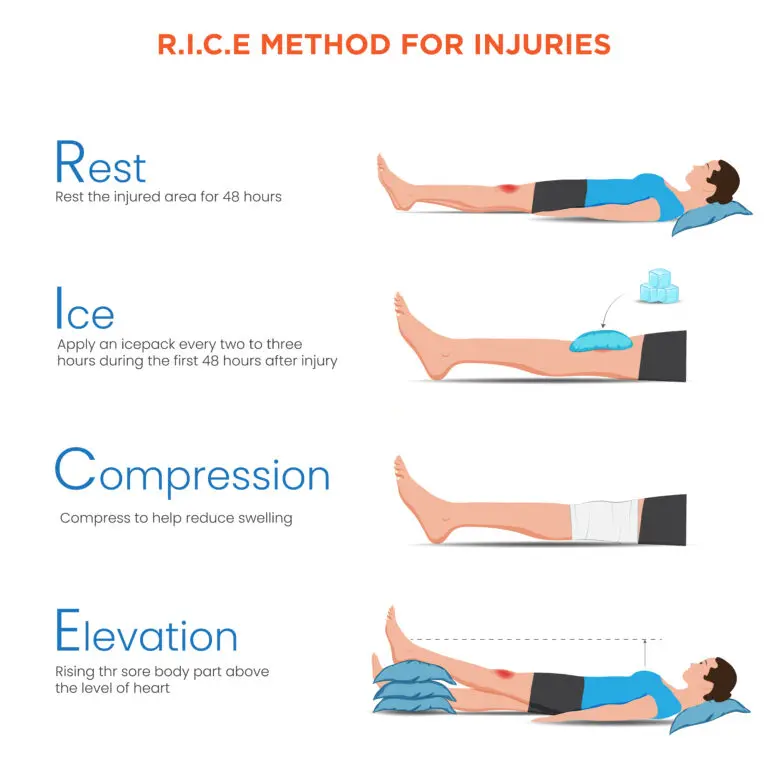
Exercise can leave you feeling sore—but how do you know if it’s good pain (normal muscle soreness) or bad pain (injury)? Here’s what you need to know.
The “Good” Pain: Delayed Onset Muscle Soreness (DOMS)
After a tough workout, especially one involving new or intense movements, you may feel muscle soreness 12-48 hours later. This is called Delayed Onset Muscle Soreness (DOMS) and is a normal response to resistance exercise.
Signs of Normal Soreness:
✔ Feels like a dull, symmetrical, “heavy” sensation in the muscles
✔ Peaks 1-2 days after exercise and fades gradually
✔ Doesn’t interfere with movement or cause sharp pain
Managing DOMS
There’s no magic cure for DOMS, but some strategies may provide relief:
NSAIDs (like ibuprofen or aspirin) – May help, but should be used sparingly due to potential gastric side effects
Gentle massage – Can increase circulation and provide temporary relief
Heat therapy (hot pad, warm bath, or hot tub soak) – Helps soothe muscles
Protease enzymes (bromelain, trypsin, chymotrypsin, papain) – May help reduce inflammation (consult a doctor before taking supplements)
The “Bad” Pain: Injury
Unlike DOMS, injuries are often sharp, localized, or persist beyond a few days. They can result from overuse, overstress, or sudden trauma.
Common Types of Injuries
🔹 Sprain: Injury to a ligament (connects bones), ranging from mild stretching to a complete tear
🔹 Strain: Tearing of muscle or tendon fibers, usually at the point where muscle transitions to tendon
🔹 Dislocation: Bone forced out of its normal joint position
🔹 Subluxation: Partial dislocation of a joint
🔹 Fracture: A broken bone, ranging from minor cracks to complete breaks
🔹 Stress Fracture: Small cracks in bones caused by repetitive stress
Preventing Injuries
🔹 Gradually increase workout intensity – Avoid jumping into high-impact or high-volume training too quickly
🔹 Warm up properly – A dynamic warm-up primes muscles and joints for movement
🔹 Prioritize recovery – Allow muscles adequate time to heal between intense workouts
Even with the best precautions, injuries can still happen. Recognizing and addressing them early is key.
When to Stop & Seek Help
🚨 Stop activity immediately if:
❌ You feel acute or persistent pain during movement
❌ Pain worsens instead of improving
❌ A joint feels unstable or gives out
Follow the R.I.C.E. Method for Minor Injuries:
• Rest – Stop activity to prevent further damage
• Ice – Apply ice packs for 15-20 minutes to reduce swelling
• Compress – Use an elastic bandage to minimize inflammation
• Elevate – Raise the injured area above heart level when possible
🚨 See a doctor if you experience:
❌ Suspected fracture or dislocation
❌ A popping sound or sudden loss of function
❌ Numbness, tingling, weakness, or chronic swelling
❌ Pain that persists despite rest
Understanding the difference between normal muscle soreness and injury can help you stay active while avoiding setbacks. Listen to your body—pain is a signal, not a challenge to push through. 💪



